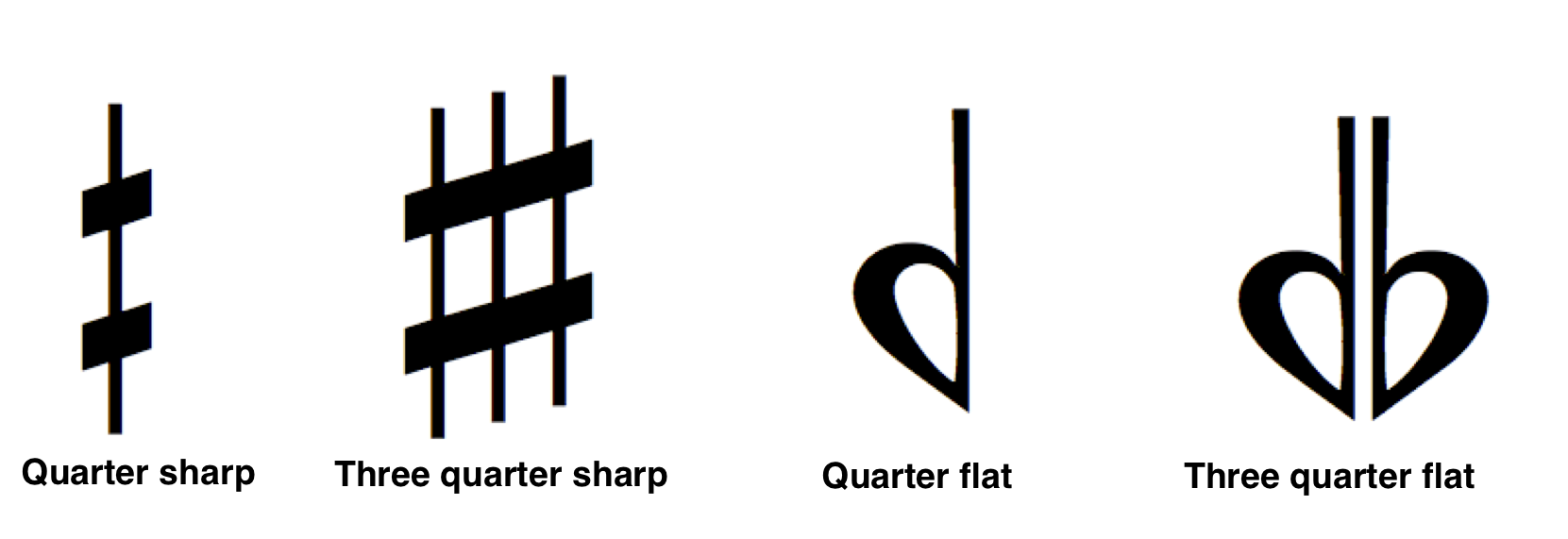
Indicates a time signature of 2/2 (two beats per measure, half note gets one beat). This symbol indicates a time signature of 4/4 (four beats per measure, quarter note gets one beat). This means there are six beats per measure and an eighth note gets one beat. The example to the left shows a time signature of 6/8. The top number of the time signature tells how many beats are in each measure, while the bottom number determines what type of note gets one beat. The number of sharps or flats at the beginning of a musical piece that determines what key to play or sing in.ĭetermines the beat or rhythm of the musical piece. Each line and space represents a note on the musical scale.Ī bar line divides the musical staff into measures.Īlso called the "G" clef, this symbol is found at the beginning of a music staff and represents treble notes.Īlso called the "F" clef, this symbol is found at the beginning of a music staff and represents bass notes. Notes are written on the lines, in the spaces and above and below the staff. It does not have a specific beat value but is played rapidly prior to a valued note's beat.Īlso called an arpeggio, a broken chord symbol means to play the notes of the chord separate (from bottom to top) instead of at the same time.Ĭonsists of five lines and four spaces. Triplets divide one beat into three equal beats.Ī grace note is an extra note added for flare and is not a necessary part of a music composition.
Tied notes should be played as a single note and held for the length of their combined beats. This makes the notes easier to read and helps organize the music.Ī tie connects two or more notes and their beat values together.

For example, a dotted half note equals three beats.Įighth, sixteenth, thirty-second, and sixty-fourth notes may be connected in groups by a beam. Add half the beat value of the note or rest.


 0 kommentar(er)
0 kommentar(er)
